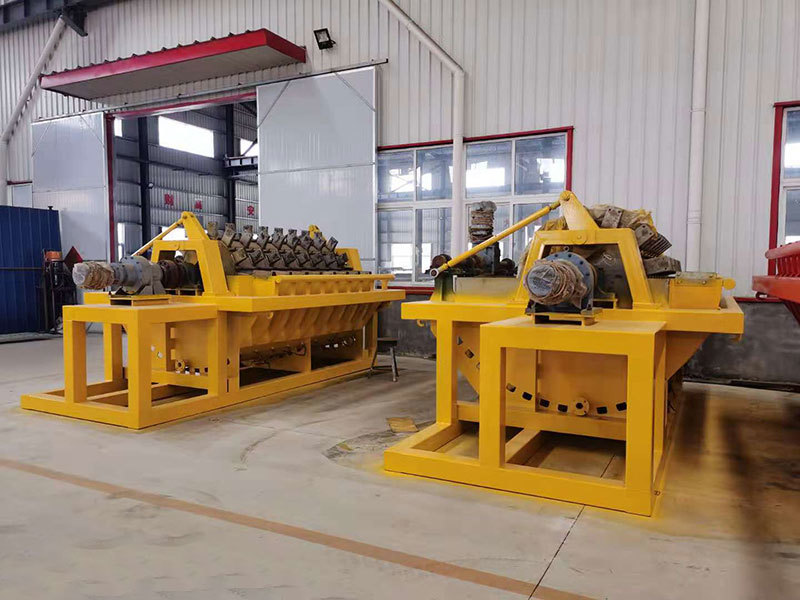The reasons for the non-sealing of a horizontal belt vacuum filter.
Release time:
2023-09-06
Source:
What causes a horizontal belt vacuum filter to become unsealed? During the operation of a filter press, there are times when it encounters sealing issues, which can affect the operation of the equipment and pose safety risks in the production process. So, what leads to such situations? Here, we summarize several aspects. Let's take a look.
What causes the horizontal belt vacuum filter to be unable to seal? During the operation of the filter press, there are times when it encounters a situation where it cannot seal, which can affect the operation of the equipment and the safety of some production processes. So why does this happen? Next, we have summarized several aspects, let's take a look.

1. Lack of pressure
The filter plates and filter cloth of the plate and frame filter press can only form a sealed filtration chamber structure under strong pressure. However, when the pressure of the filter plate is lower than the pressure of the filtrate, the filtrate is likely to leak.
2. Deformation or damage of the filter plate
The edges of the filter plate are often damaged, bulged, or broken, and may also touch other filter plates. Regardless of the pressure, the filtration chamber will be saturated.
3. Incorrect placement of the filter cloth
Check whether the filter cloth is wrinkled or damaged. The filtration chamber is composed of filter plates and filter cloth, formed under strong pressure. Generally, the filter plate should not have any issues, so it is necessary to check the filter cloth. The filter cloth plays a crucial role in creating a seal between the sturdy filter plates.
Wrinkles or damage in the natural filter cloth only create gaps between the filter plates, and the natural filtration chamber cannot achieve sealing.
That’s what we wanted to share with you today regarding the reasons for the horizontal belt vacuum filter not sealing. Do you understand today’s content? If you have any other questions, feel free to consult us.
Previous Page
Other dynamics
How to choose the filter cloth for a horizontal belt vacuum filter?
In the daily industrial production of horizontal belt vacuum filters, a common issue is how to choose a filter cloth that is suitable for one's own industry. How should one select the filter cloth for different types of filter presses?
The application range of horizontal belt vacuum filters.
The horizontal belt vacuum filter is a type of efficient solid-liquid separation equipment that uses filter cloth as the filtering medium. It flexibly utilizes the gravitational force of the raw materials and vacuum suction to achieve solid-liquid separation.
Precautions for Vacuum Filter Machines
In the process of properly filtering waste liquid, a vacuum filter is indeed indispensable. This is mainly because it effectively utilizes vacuum pressure to perform its work, and its operation skills are simple and easy to master, which is why it is favored by many people.
The reasons for the non-sealing of a horizontal belt vacuum filter.
What causes a horizontal belt vacuum filter to become unsealed? During the operation of a filter press, there are times when it encounters sealing issues, which can affect the operation of the equipment and pose safety risks in the production process. So, what leads to such situations? Here, we summarize several aspects. Let's take a look.
What are the technical characteristics of a vacuum belt filter?
The vacuum belt filter press uses a vacuum box and a lifting device to connect sections into a whole, forming a vacuum liquid collection system, which is widely used.
Maintenance of Vacuum Belt Filter during Shutdown
If the internal energy of the filtrate in a vacuum belt filter increases, the liquid will also exert pressure on the filter plate. If the filter plate cannot withstand this pressure, the filtrate will inevitably leak out through the gaps in the filter plate, significantly reducing the original internal energy of the filtrate. Therefore, the equipment needs to provide pressure to the filter plate, with the pressure being greater than the counteracting force of the filtrate on the filter plate, thus ensuring that the filtrate maintains a high internal energy, which in turn improves the filtration effect.

